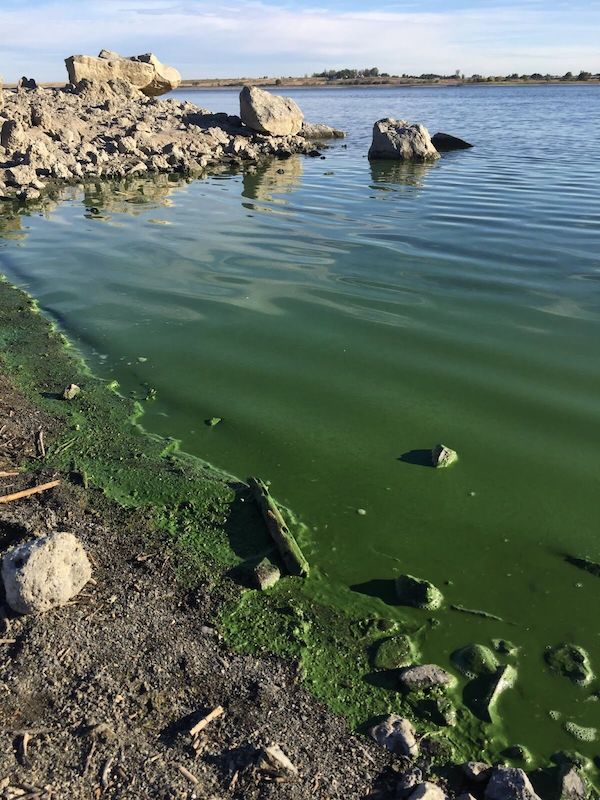forum
library
tutorial
contact

Lower Snake River is
Destined for Rewilding
by Bert Bowler
Idaho Mountain Express, March 6, 2024
|
the film forum library tutorial contact |

|
Lower Snake River is
by Bert Bowler
|
 The Seattle Times asked the question that if the Lower Snake River dams were removed and salmon response didn't meet expectations -- then what? The answer encompasses more than benefits to migrating salmon. A functional waterway can have immense value.
The Seattle Times asked the question that if the Lower Snake River dams were removed and salmon response didn't meet expectations -- then what? The answer encompasses more than benefits to migrating salmon. A functional waterway can have immense value.
The Lower Snake River is destined for rewilding for many more reasons than ensuring wild salmon and steelhead do not go extinct. The cultural and ecological values of a free-flowing river far exceed those of a reservoir.
The 140 miles of the Lower Snake are no exception. When Lower Granite Reservoir reached Lewiston in 1975, 14,400 acres of bottom lands, 1,125 acres of island habitat and 1,123 riparian acres were inundated under 90,000 surface acres.
The Lower Snake River in the 1950s and 1960s has been described as miles of sandy beaches, sturgeon fishing, thick riparian zones packed with chokecherries, hackberries and mulberry trees. The riparian habitat was rich with pheasants, quail and other wildlife. The river spread out into several channels with many islands. Farming and fruit orchards were common, as well as hundreds of cultural sites.
A momentous archaeological discovery was made in 1965 -- known as the Marmes Rockshelter -- at the confluence of the Palouse and Snake rivers that dated 10,000 years before the present. The U.S. Army Corps of Engineers constructed a cofferdam around Marmes to keep it from flooding when Lower Monumental Reservoir filled in February 1969, but it failed.
Before the Lower Snake was impounded, the Corps documented 63 named rapids encountered by Lewis and Clark in October 1805.
The antithesis of a living river is an impoundment, i.e. slack water. Reservoirs slow velocity, modify sediment transport, increase water temperature and transform floodplains that disrupt river continuity.
The four Lower Snake River dams are run-of-river dams. They have little storage and no flood control but collectively create 140 miles of slack water that prior to 1961 was a vibrant functional river. Migrating juvenile salmon depend on the enhanced water velocity to carry them toward the Pacific Ocean to boost survival.
The Corps predicts dam removal will replicate the Elwha in Washington state's Olympic Peninsula that included significant negative short-term effects followed by long-term benefits. John McMillan, a Trout Unlimited scientist who studied rewilding the Elwha, envisions the Lower Snake -- an existing canal-like reservoir complex -- evolving into a river with islands, side channels, riffles, pools and rapids. Gravel bars connected to ground water will create cold-water refuges.
Rewilding the Lower Snake River is the best inclusive solution for all involved, especially wild salmon and steelhead. A healthier ecosystem will provide longer-term benefits compared to the status quo. A warming climate will continue to degrade the 140 miles of unhealthy reservoirs.
Thirty miles of toxic blue-green algae appeared in the Lower Snake in the fall of 2023. Alex Fremier, an environmental science professor at Washington State University, said the bloom on the Lower Snake is "unusually large" for a river. Dammed waters and blooms are certainly connected. No toxic algae were observed in the free-flowing Snake above Lower Granite Reservoir.
Related Pages:
Algae Bloom in Lower Snake River by Bert Bowler, Spokesman-Review, 11/14/23
learn more on topics covered in the film
see the video
read the script
learn the songs
discussion forum
